For centuries, humans have associated plants with meanings beyond their beauty and utility. Some symbolize love, others healing, and many are believed to bring good fortune. Across cultures, prosperity has been a recurring theme tied to greenery, with specific plants revered as lucky charms, wealth magnets, and spiritual protectors.
Whether displayed in homes, gifted during celebrations, or grown in gardens, these plants are believed to carry blessings of abundance. Let’s take a journey around the world to discover eight plants that symbolize prosperity—and why they’re still treasured today.
1. Money Tree (Pachira aquatica) – East Asia & Beyond
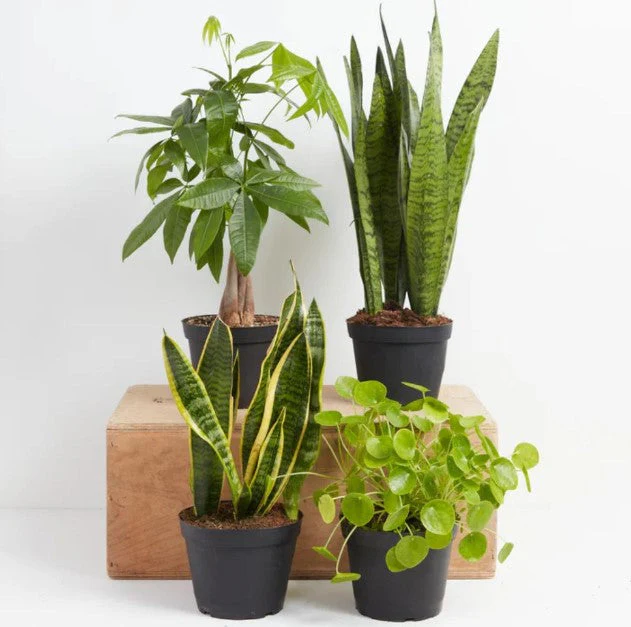
Perhaps the most famous prosperity plant of all, the money tree is popular in feng shui practices. Its braided trunk is thought to “lock in” financial luck, while its five-lobed leaves represent the five elements (earth, water, fire, wood, and metal).
- Symbolism: Wealth, financial stability, and good fortune.
- How it’s used: Often placed in offices or living rooms to attract money and positive energy. It’s also a popular gift for new business ventures.
- Care tip: Money trees thrive in bright, indirect light and should be watered only when the top soil dries out.
2. Lucky Bamboo (Dracaena sanderiana) – China
Despite its name, lucky bamboo is not true bamboo but a resilient plant from the Dracaena family. In Chinese culture, the number of stalks in an arrangement has special meaning:
- Two stalks = love and partnership.
- Three stalks = happiness, wealth, and long life.
- Eight stalks = prosperity and growth (eight is a highly auspicious number in Chinese culture).
- Symbolism: Fortune, harmony, and prosperity.
- How it’s used: Often displayed in homes, shops, or gifted during Chinese New Year.
- Care tip: It grows easily in water-filled vases with pebbles but does best when transferred to soil for long-term health.
3. Jade Plant (Crassula ovata) – South Africa & Worldwide
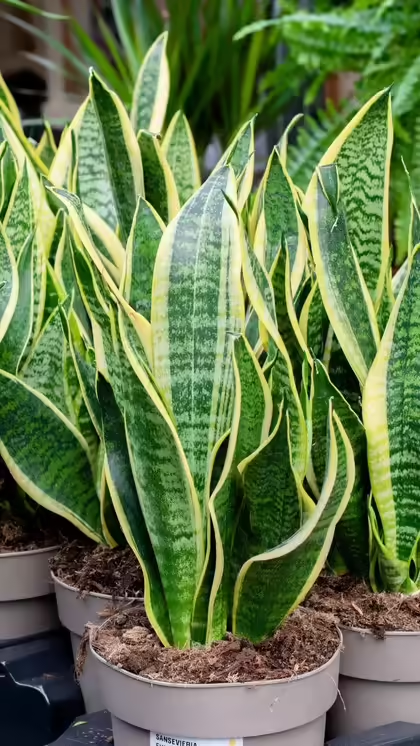
Native to South Africa, the jade plant (also called the money plant or friendship tree) has fleshy, coin-shaped leaves that naturally evoke wealth. In feng shui, it’s thought to bring prosperity when placed near an entryway or in the southeast corner of a home.
- Symbolism: Wealth, success, and friendship.
- How it’s used: Commonly gifted as a housewarming present or business-opening gift.
- Care tip: Jade plants are hardy succulents that prefer plenty of sunlight and occasional deep watering.
4. Basil (Ocimum basilicum) – India & the Mediterranean
In many cultures, basil is more than just a culinary herb. In Hindu tradition, holy basil (Tulsi) is revered as sacred, symbolizing both prosperity and spiritual purity. In Mediterranean regions, basil has long been associated with love, wealth, and protection.
- Symbolism: Prosperity, protection, and spiritual blessing.
- How it’s used: Tulsi is often grown near temples and homes in India, while in Europe, basil is kept as a charm to invite wealth and ward off negativity.
- Care tip: Basil loves warmth and sunlight—keep it on a sunny windowsill or in a summer garden.
5. Citrus Trees (Oranges & Lemons) – Mediterranean & Asia

Citrus trees are a universal symbol of abundance. In Chinese culture, oranges and tangerines are especially lucky during Lunar New Year because their round shape and golden color resemble coins. In Mediterranean traditions, lemon trees symbolize longevity and wealth.
- Symbolism: Good fortune, abundance, and renewal.
- How it’s used: Citrus fruits are often exchanged during celebrations and displayed at home to invite prosperity.
- Care tip: Dwarf citrus trees can thrive indoors with enough light, while outdoor trees prefer warm, sunny climates.
6. Lotus (Nelumbo nucifera) – Asia
The lotus is deeply spiritual in many Asian cultures, particularly in Hinduism and Buddhism. It grows from muddy waters yet emerges pure and beautiful, symbolizing enlightenment, resilience, and abundance. While not directly tied to money, it represents the prosperity of the spirit—a wealth that transcends material success.
- Symbolism: Purity, spiritual prosperity, and resilience.
- How it’s used: Lotus motifs are common in temples, art, and gardens. Lotus flowers are also offered in religious rituals.
- Care tip: Lotuses require shallow ponds or containers of still water with plenty of sun.
7. Peony (Paeonia spp.) – China & Europe
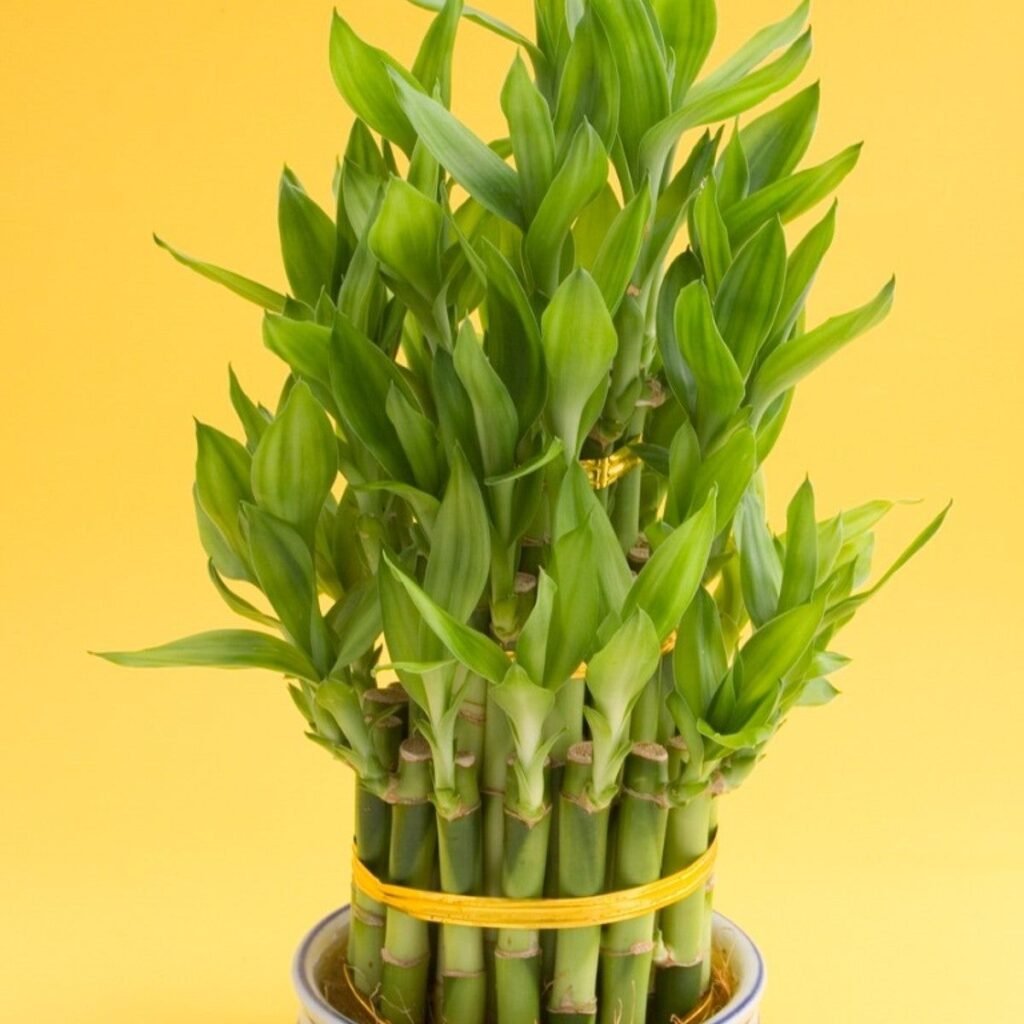
Peonies are lush, fragrant flowers prized for their beauty. In China, they are known as the “king of flowers” and symbolize wealth, honor, and good fortune. They are especially popular during weddings and festivals as symbols of romance and prosperity.
- Symbolism: Wealth, honor, and happy marriage.
- How it’s used: Often depicted in Chinese art and planted in gardens to attract prosperity and beauty.
- Care tip: Peonies thrive in well-drained soil with full sun, but they require patience—sometimes taking years to establish before blooming fully.
8. Corn (Maize) – The Americas
For Indigenous peoples of the Americas, corn has long symbolized life and abundance. Known as the “staff of life,” it represents nourishment, prosperity, and the cycle of growth. Even today, corn remains a powerful cultural symbol of harvest and plenty.
- Symbolism: Fertility, abundance, and sustenance.
- How it’s used: Corn husks are used in rituals, decorations, and festivals celebrating harvest.
- Care tip: Corn requires ample sunlight, space, and fertile soil—often planted alongside beans and squash in the traditional “Three Sisters” system.
Why Prosperity Plants Matter Today
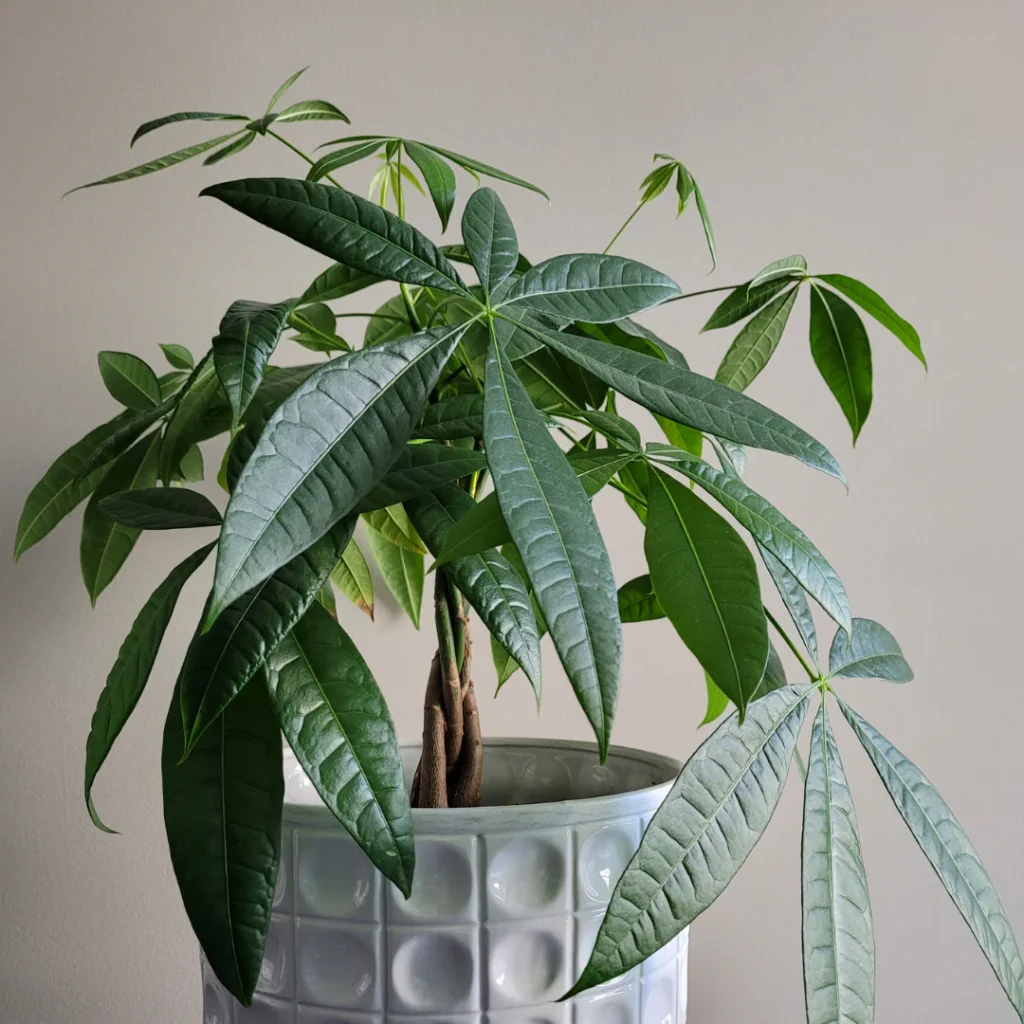
Even in our modern world, where success is measured in bank accounts rather than talismans, prosperity plants hold cultural and emotional importance. They remind us that abundance is not just about wealth—it’s about growth, health, happiness, and connection to nature.
Placing a jade plant in your living room, gifting a basil plant to a loved one, or planting citrus trees in your garden isn’t just about luck. It’s about participating in centuries-old traditions that connect humans to plants as sources of hope and prosperity.
Final Thoughts
From the braided trunks of the money tree to the sacred waters of the lotus, plants have carried symbolic meaning for generations. Whether you’re drawn to their beauty, history, or spiritual associations, prosperity plants can bring more than just aesthetic charm into your life—they carry a sense of abundance and positive energy.
Incorporating them into your home or garden may not guarantee instant wealth, but it can certainly cultivate a mindset of gratitude, growth, and possibility. After all, prosperity comes in many forms, and plants remind us of the richness that surrounds us every day.
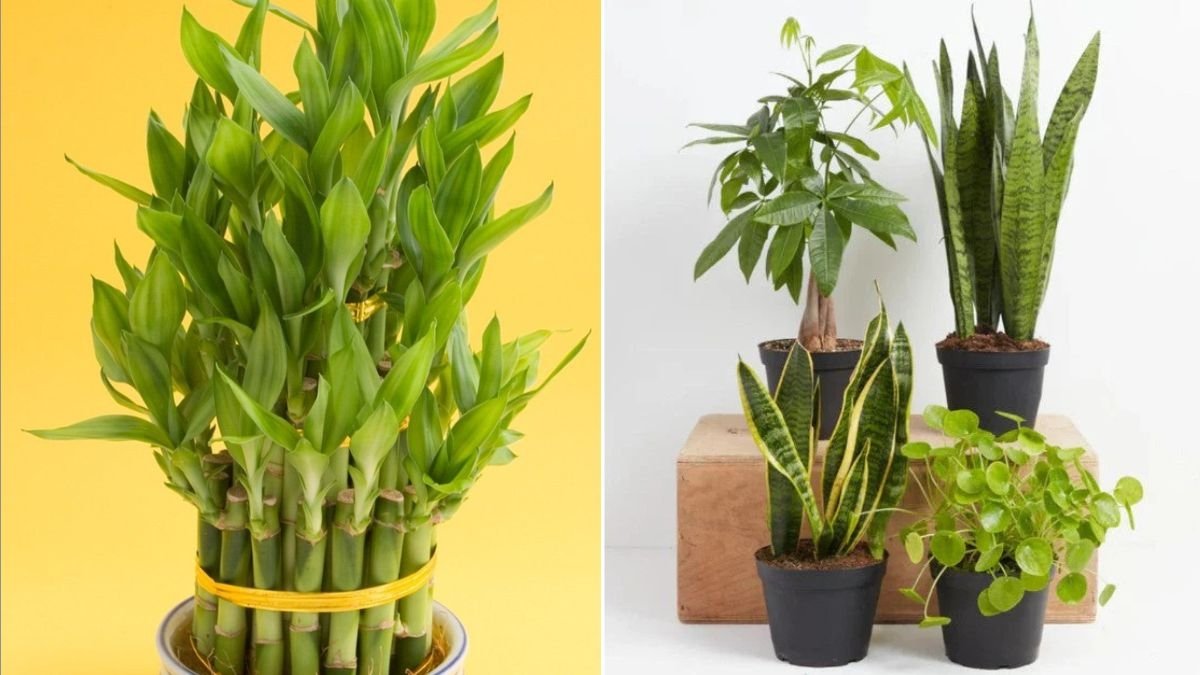
Leave A Comment